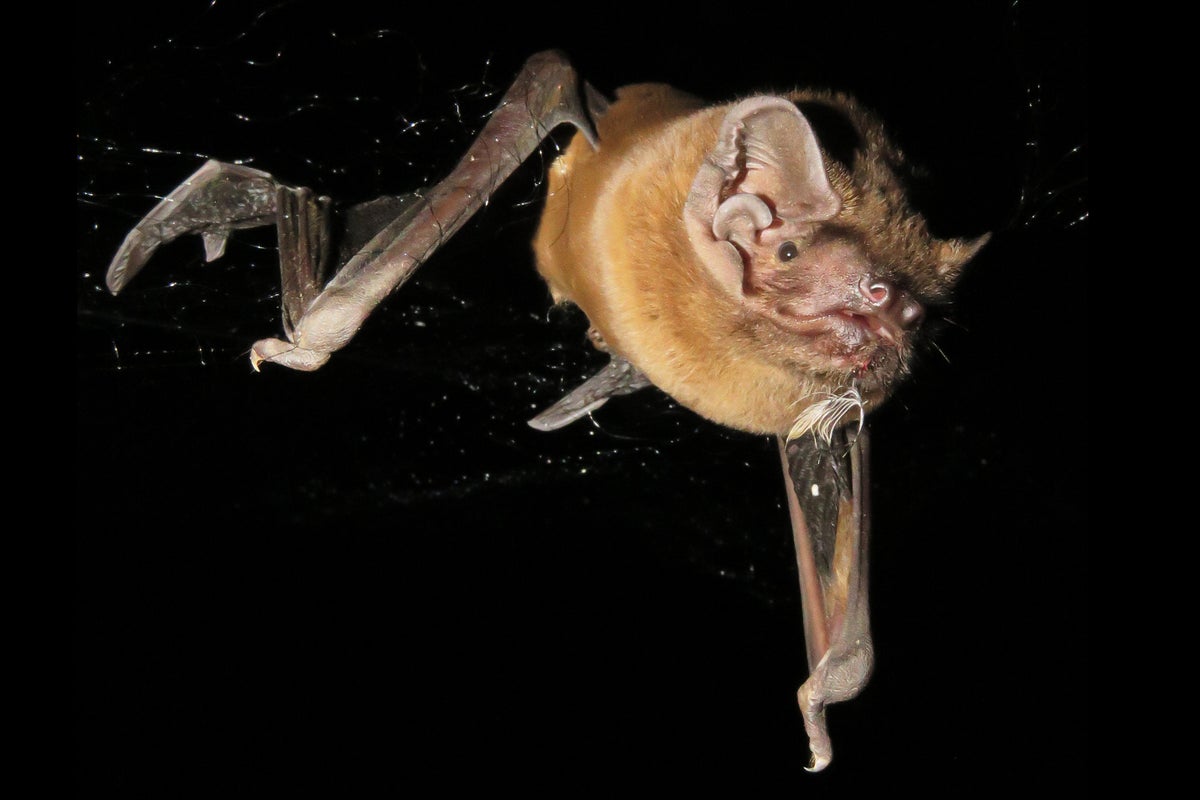
"But her overnight exploits were about to become the stuff that scientists' dreams are made of. The bata greater noctule (Nyctalus lasiopterus)was equipped with a high-tech tag recording its behavior. And from one particular recording, researchers were able to reconstruct a story with both cinematic drama and scientific value. That's because the tag captured the bat pursuing, killing and eating a migrating European robin (Erithacus rubecula)all in midair and while echolocating to navigate."
"Greater noctules are among the largest and most endangered bats in Europe. Their usual fare is meatier insectsbeetles and moths and the like. But in previous work, scientists analyzing the DNA found in bat poop had been surprised to find evidence of greater noctules feasting on songbirdswhich are much larger than insectsduring spring and fall migrations, when birds are active at night instead of during the day."
In March 2023 a nearly three-year-old female greater noctule bat in Spain pursued, killed, and ate a migrating European robin in midair while echolocating. The bat carried a high-tech tag that recorded its behavior, allowing reconstruction of the episode with detailed movement and acoustic data. Greater noctules are among Europe's largest and most endangered bats and normally eat larger insects such as beetles and moths. Prior DNA analyses of bat feces had indicated noctules sometimes consume songbirds during spring and fall migrations when birds travel at night. Scientists at Doñana Biological Station microchipped local bats and paired that system with recording tags capturing altitude and movement.
Read at www.scientificamerican.com
Unable to calculate read time
Collection
[
|
...
]